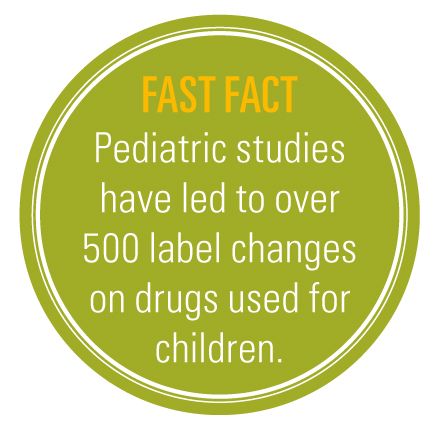Drugs’ impact on kids’ bone health mostly unknown
The US Food and Drug Administration (FDA) looked at what’s lacking in research on drugs in children and discovered that much more information is needed on how various medications affect bone health.
The US Food and Drug Administration (FDA) looked at what’s lacking in research on drugs in children and discovered that much more information is needed on how various medications affect bone health.

In a June workshop convened to talk to experts on the issue, Lynne Yao, MD, associate director, Office of New Drugs, Pediatric and Maternal Health Staff, said, “Many of the products that we use in children, we don’t necessarily have the best information that we can use to advise patients and their families about long-term safety issues.”
She noted that since the passage of the Best Pharmaceuticals for Children Act (2002) and the Pediatric Research Equity Act (2003), which encourage or require drug research in children, pediatric studies have led to over 500 label changes on drugs. “The numbers are growing exponentially,” she said.
Kids’ bones are different
An FDA working group had being looking at drugs’ effects on the hypothalamic-pituitary-adrenal axis, but decided that effects on bone maturation and health needed more research, Yao said.
At the session, Stephen Voss, MD, clinical reviewer in the Division of Bone, Reproductive, and Urologic Products, said that biomarkers in adults reflect only one process: bone remodeling or “turnover.” In children, levels of the markers are generally higher than in adults because they can also reflect the growth in length and the growth in width, called “modeling.”
“The bone markers that we have available to use represent the sum of all of these processes,” making interpreting markers in children much more complex, he said.
However, an advantage of bone biomarkers, Voss said, is that they can provide information about bone metabolism that cannot be obtained in other noninvasive ways and the biomarkers respond rapidly to changes in bone metabolism caused by disease or therapy.
Markers of bone formation are alkaline phosphatase, osteocalcin, and procollagen type I propeptides, he said. Those for bone reabsorption include products of collagen type 1 breakdown and osteoclast enzymes.
Drugs and BMD
In another presentation, Miya Paterniti, MD, clinical reviewer in the Division of Pulmonary, Allergy, and Rheumatology Products, noted that warnings on the labels say that “Decreases in bone mineral density (BMD) have been observed with long-term administration of products containing inhaled corticosteroids.”
However, she said, it’s unknown what is the clinical significance of small changes in BMD related to long-term outcomes such as fracture. “Patients with major risk factors for decreased bone mineral content, such as prolonged immobilization, family history of osteoporosis, or chronic use of drugs that can reduce bone mass (eg, anticonvulsants and corticosteroids) should be monitored and treated with established standards of care,” she said.
More issues to address
Presentations at the session also looked at bone toxicity with tenofovir, the FDA’s experience with esomeprazole strontium, questions about proton pump inhibitors, and other issues.
At the end of the meeting, Jean Temeck, MD, supervisor in the Office of Pediatric Therapeutics, noted that the session had heard about, among other things, the potential for using the dual-energy x-ray absorptiometry (DEXA) scan in studies and the importance of bone geometry, of longitudinal measurement of DEXA scan rather than just taking a single measurement, and of “developing validation for bone biomarkers specifically in children . . . and how it is dependent on age and sex and pubertal development.”
There were also calls for integrating all current information that might shine light on child bone health, including data from humans and animals, and information in large claims databases.
Yao indicated there might be funding from the FDA and elsewhere for research in this area: “If we need to advance the development of bone biomarkers as a way to assess long-term safety in children, that is something we can take and say, ‘Listen, we need to do this.’”
The workshop is the first of a series with experts on research on pediatric drug safety. The meetings are designed, Yao said, to get expert input without the conflict-of-interest vetting of participants required for FDA advisory committees.
The meeting agenda and presentations are available online.
Ms Foxhall is a freelance writer in the Washington, DC, area. She has nothing to disclose in regard to affiliations with or financial interests in any organizations that might have an interest in any part of this article.